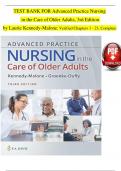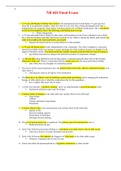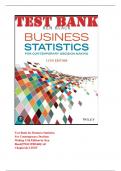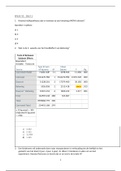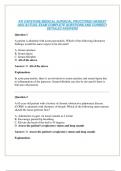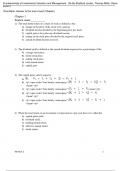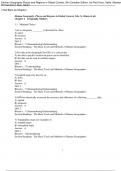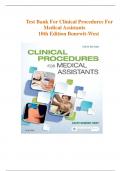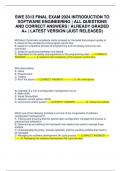Exam (elaborations)
TEST BANK For Advanced Practice Nursing in the Care of Older Adults 3rd Edition Kennedy-Malone, Verified Chapters 1 - 23, Complete Newest Version
TEST BANK For Advanced Practice Nursing in the Care of Older Adults 3rd Edition Kennedy-Malone, Verified Chapters 1 - 23, Complete Newest Version TEST BANK For Advanced Practice Nursing in the Care of Older Adults, 3rd Edition by Laurie Kennedy-Malone, Verified Chapters 1 - 23, Complete Newest V...
[Show more]
